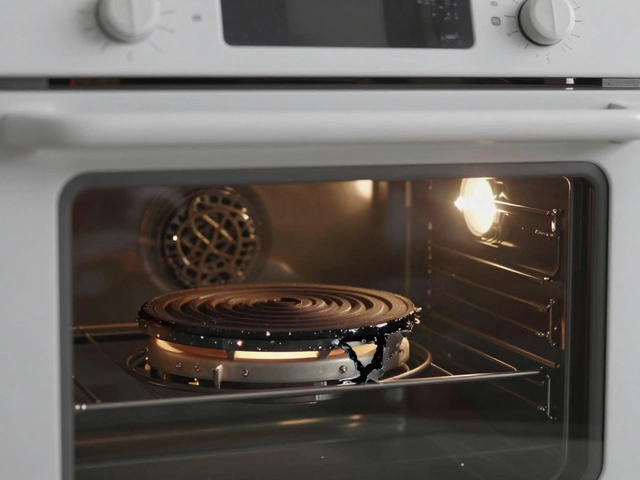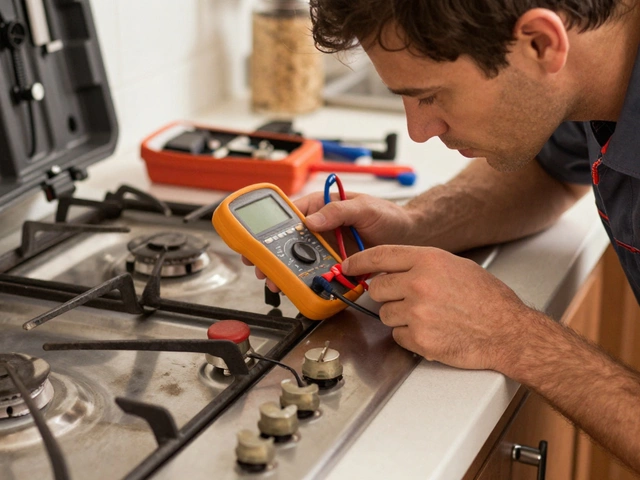Reset Button: When, Why, and How to Reset Your Home Appliances
When dealing with a faulty appliance, the first thing many people reach for is the reset button, a small push‑type switch that restarts the device's internal electronics. Also known as a reset switch, it’s built into most modern appliances to clear error codes, reboot control circuits, and restore normal operation. The appliance, any device that performs a household function such as washing, cooking, or cooling typically houses the reset button on its control panel, the front‑facing interface that lets users select settings and start cycles. Understanding how these three entities interact helps you avoid costly service calls and get your gear running again in minutes.
Why a Reset Button Exists and When to Use It
The reset button serves as a safety net. Most washers, ovens, fridges and boilers contain electronic controllers that monitor temperature, water levels, and motor speed. When a sensor detects a fault—like an over‑heat, low water pressure, or a jammed motor—the controller shuts down to protect the unit. Pressing the reset button clears the fault flag, allowing power to flow again. For example, a washing machine that stops mid‑cycle often shows a blinking error code; a quick press of the reset restores the cycle. Similarly, an oven that won’t heat may have tripped its thermal fuse; a reset on the control panel can re‑enable the heating element. The button also lets technicians perform a hard reboot after a repair, ensuring the new part communicates correctly with the system.
Key situations where a reset is appropriate include: error codes that persist after powering off, appliances that shut down unexpectedly, and any device that behaves erratically after a power surge. However, a reset isn’t a cure‑all. If the underlying problem—like a broken heating element, a leaking water valve, or a failed thermostat—remains, the fault will reappear. In those cases, the reset button simply gives you a chance to confirm that the issue is mechanical rather than electronic. That’s why most of our articles on ovens, boilers, fridges, and washers explain the difference between a simple reset and a full component replacement.
Below you’ll find a collection of posts that walk through specific reset scenarios for different appliances. Whether you’re staring at an oven that won’t heat, a fridge that stopped making ice, or a boiler that’s gone cold, the guides break down the exact steps, the tools you’ll need, and the warning signs that tell you when a professional is required. Armed with this overview, you can decide if a quick press of the reset button will solve the issue or if it’s time to call a qualified repair technician. Let’s explore the practical tips and deeper troubleshooting insights that await you in the articles below.
Ever wonder why the reset button on a hot water heater trips? Often, it's a signal that something's up with your appliance. Understanding the cause can help address the problem efficiently, saving both time and money. From faulty thermostats to sediment buildup, several factors might be at play. Let's explore the common culprits and how you can prevent overheating issues in the future.


